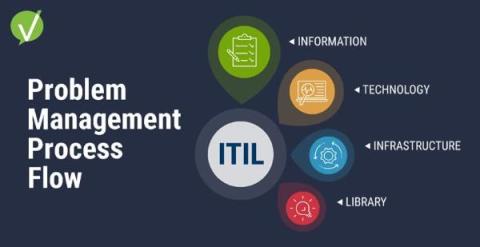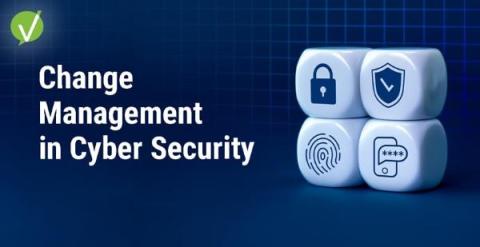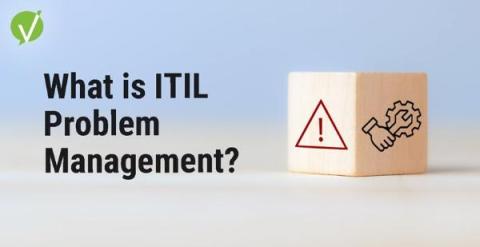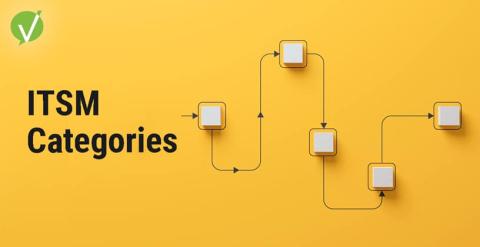Teams | Collaboration | Customer Service | Project Management
January 2024
Service Demand: Mastering the Tech Talent Tightrope
Service Level Indicators: Measuring Excellence in Customer Service
Vivantio: Elevate Your Service Management - AI, Integrations, & Personalized Workspaces
ITIL Problem Management Process Flow: Resolving IT Challenges Effectively
If you work in the field of Information Technology, you know issues are bound to arise sooner or later. Whether it’s a hardware malfunction or a software glitch, problems can impede the normal functioning of your IT systems, causing delays and frustration for your team and customers. This is where the ITIL Problem Management Process Flow comes in handy.
Enterprise Workflow Automation: Transforming Business Operations
Are you seeking ways to enhance your business operations, boost efficiency, and optimize productivity? Your solution lies in Enterprise Workflow Automation with the aid of advanced management software. By automating critical business processes through the utilization of workflow management software, your organization can unlock new levels of operational excellence and elevate performance to new heights.
What is Change Management in Cyber Security? System Integrity
In this blog, we will explore the concept of change management in cyber security and its importance in maintaining system integrity. Change management is a structured process that organizations implement to handle system or service changes related to information security. By effectively managing these changes, businesses can mitigate security risks, adapt to new cyber threats, and ensure the smooth implementation of cybersecurity initiatives.
What is Change Management in HR: Navigating Organizational Transformation
Organizations must be prepared to adapt and change to remain competitive. This is where change management in human resources (HR) comes in. Change management is the process of planning, implementing, and guiding organizational change. It is crucial to ensure that employees are engaged and on board with the changes to achieve desired outcomes smoothly. HR professionals and teams play a critical role in successful change management.
What Is ITIL Problem Management in ITSM?
As an organization, you rely on technology to drive business success and deliver efficient operations. However, IT service disruptions can pose a severe threat to this success, leading to lost revenue, decreased productivity, and poor customer experience. This is where problem management comes in. Problem management is a vital process that aims to ensure stable and reliable IT service operations.
What is Change Management & Why It Matters
Change is a constant in any business, and managing change effectively is critical to an organization’s success. Change management is the process of guiding individuals, teams, and organizations through transitions. Successful change management involves a well-defined strategy that enables businesses to manage change efficiently, minimize disruptions, and achieve effective outcomes.
ITSM Categories: Streamlining Operations
Are you struggling to meet service level agreements (SLAs) and enhance your IT service delivery? Understanding the different categories within IT Service Management (ITSM) can help streamline your operations, increase efficiency, and improve precision. By exploring the various ITSM categories, you can leverage their benefits and build a solid foundation for your IT service management practices.












